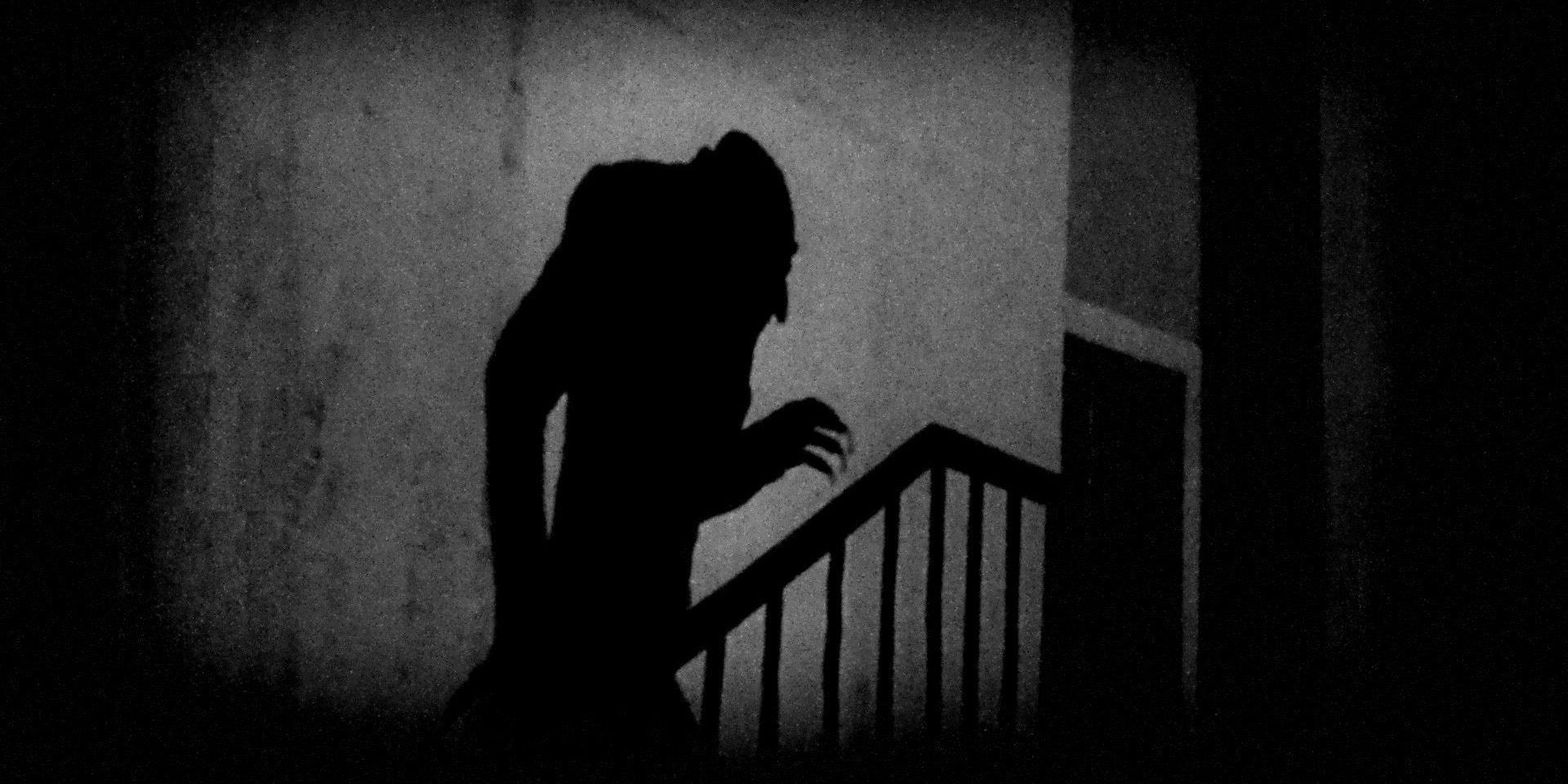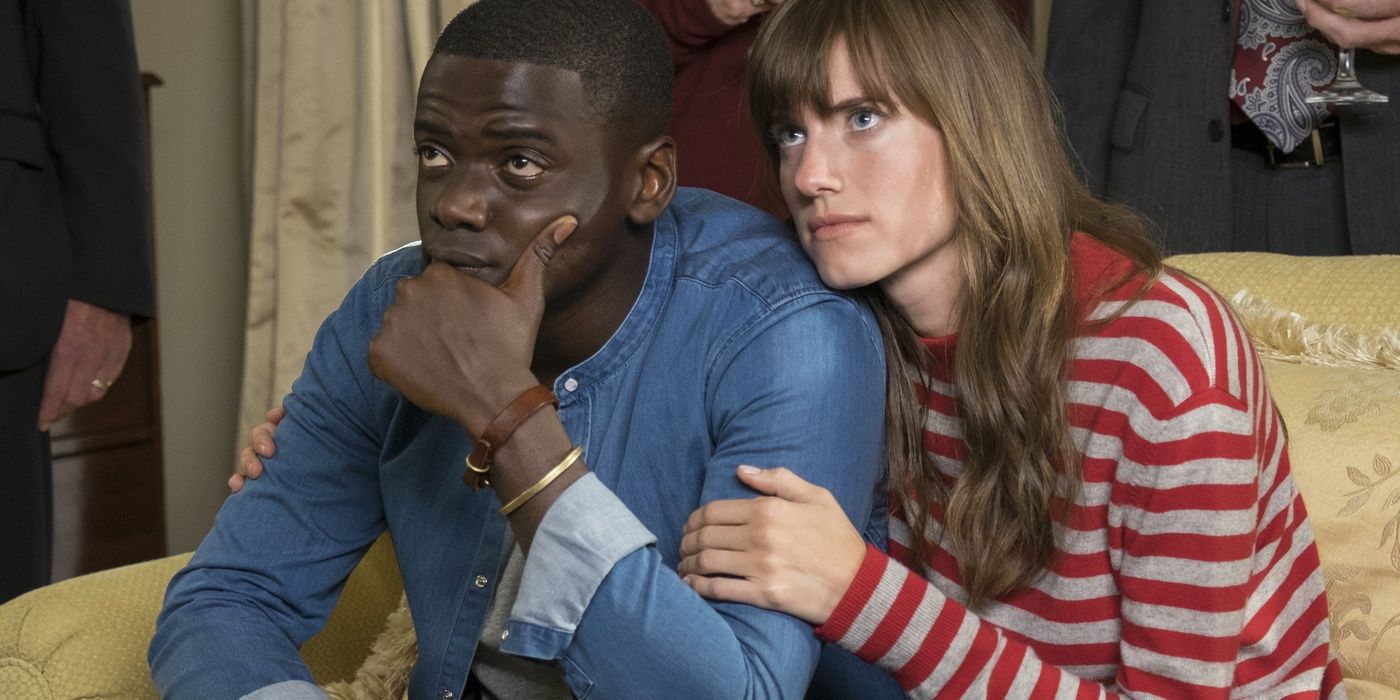Horror movies have been around since the 19th century, at the dawn of cinema. It’s an understatement to say that a lot has changed between then and now: 21st-century horror movies are vastly more complex than their simplistic, silent predecessors of more than 120 years ago. The technologies, content, and artistry employed in producing today’s horror movies would likely dazzle these earliest filmmakers.
As with all forms of art, horror movies have the capability of reflecting and exploring the societies in which they are produced. New developments in society can bring about new fears, which are then reflected in and reinforced by horror movies. Therefore, one might be compelled to believe that 21st-century horror movies bring their own new, unique set of societal issues to the big screen (and to screens of all sizes). However, the biggest and most important way that horror movies have changed in the 21st century has nothing to do with new fears or new societal issues.
Instead, it has to do with the inclusion of previously omitted perspectives, and the empowerment of filmmakers to produce films from those perspectives, namely those of people of color, of women, and of the LGBT community. Some good examples of the treatment of these perspectives are seen in films like Get Out, The Invisible Man, and The Perfection.
Horror Movies In The 21st Century Are More Inclusive
Many of the popular elements of horror movies have been around seemingly forever: vampires, zombies, aliens, the apocalypse, the supernatural; these themes and many others are constantly revisited, and almost all horror films can be reduced to fear—most generally the fear of death—with each generation putting its own spin on each theme, only occasionally adding a new type of fear. Well-done remakes are perfect examples of this; they often include an additional layer of current social commentary that builds upon the original. But that’s where the novelty ends.
The fears of the 1950s were rooted in the new developments of the era, including technological advancements like nuclear power and splitting the atom. Films about radioactive mutants, Them! for example, reflected society’s fears (both the rational and the irrational) regarding the consequences of tampering with the building blocks of matter; the underlying fear was that of annihilation. The novelty was the method of humanity’s demise, not a new type of fear.
The 1960s and 1970s gave birth to the modern-day slasher film (Black Christmas, The Texas Chainsaw Massacre), which, to this day, is rooted in fears of urbanization, rural isolation, and ultimately vengeance for past wrongs and abuses. Again, the newest element is the film’s vehicle. The destination, however, was the same: death. This can be said for the horror films of every decade up to and including the 2000s and the 2010s, during which smartphones and social media became the means by which a film’s characters meet their fate.
However, the novelty of 21st-century horror movies is more than just new technology or new societal issues. It is the inclusion of perspectives other than that of the middle-class, heterosexual, white male, which has been dominant for the majority of cinematic history. Get Out is a perfect example of this. The movie takes familiar elements of horror movies—namely body snatching and human sacrifice—and adds an essential layer that is rooted in the Black experience. Its unapologetic criticism of white treatment of Black bodies and Black lives is groundbreaking, not to mention critically acclaimed.
Throughout the history of horror movies, the underlying fear of death remains unchanged except on the surface. Time does not change this immutable fear, but it does change the face of it, and that’s a good thing. The more inclusive horror movies in the 21st century become, the closer they get to shining a light on the true horrors of the world.


